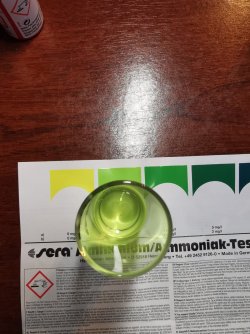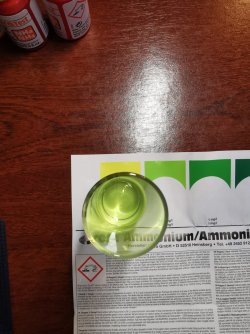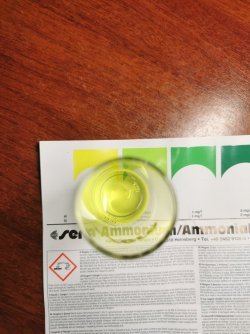PumpKineTick
Fish Fanatic
Managed to get an ammonia test.
I'll check for stray voltage today just in case.
-
I'm grateful for all your help and I'll try my best.
I'll check for stray voltage today just in case.
-
I'm grateful for all your help and I'll try my best.
Last edited:





